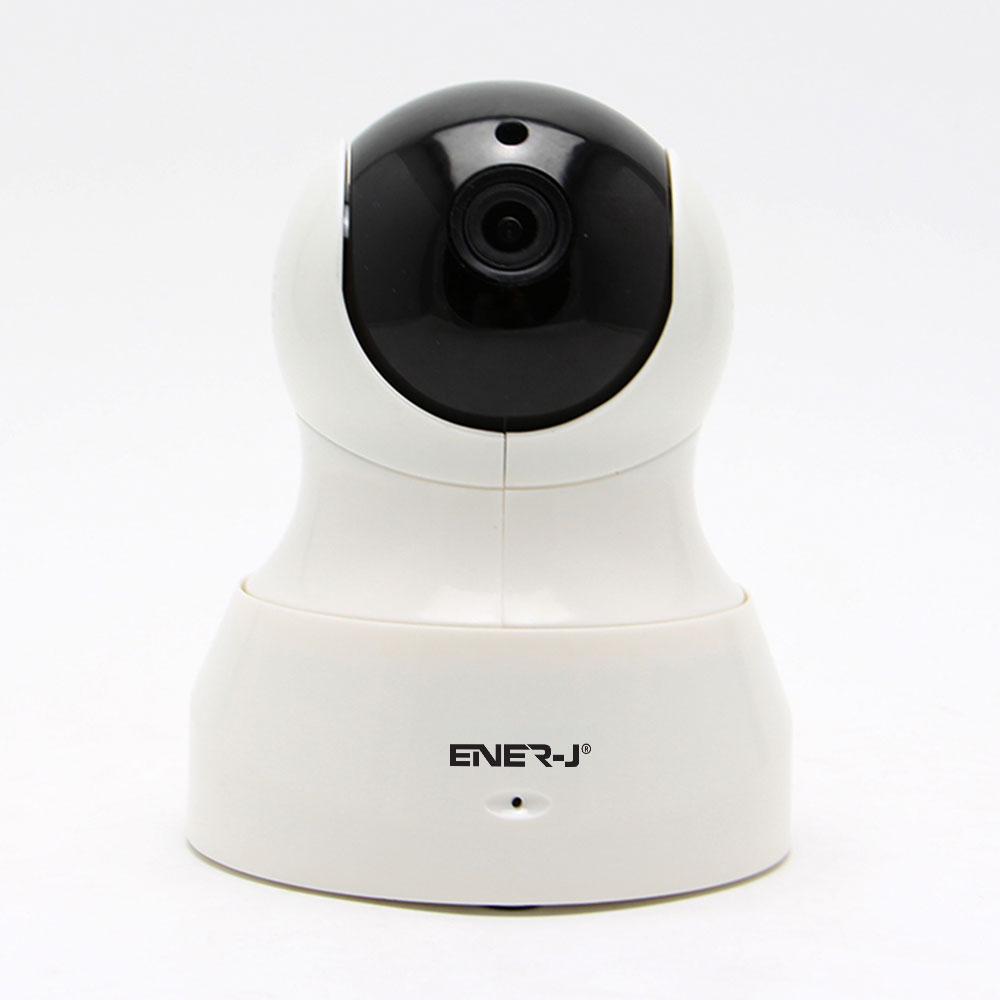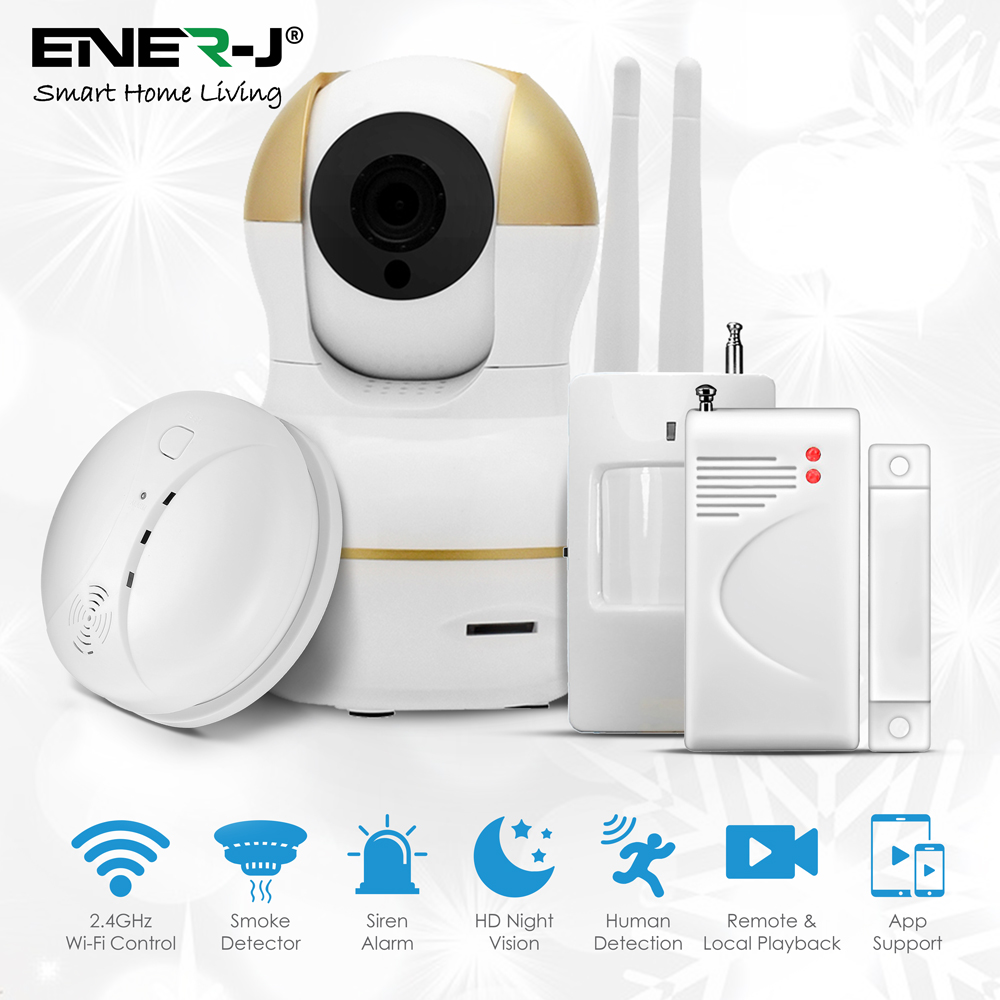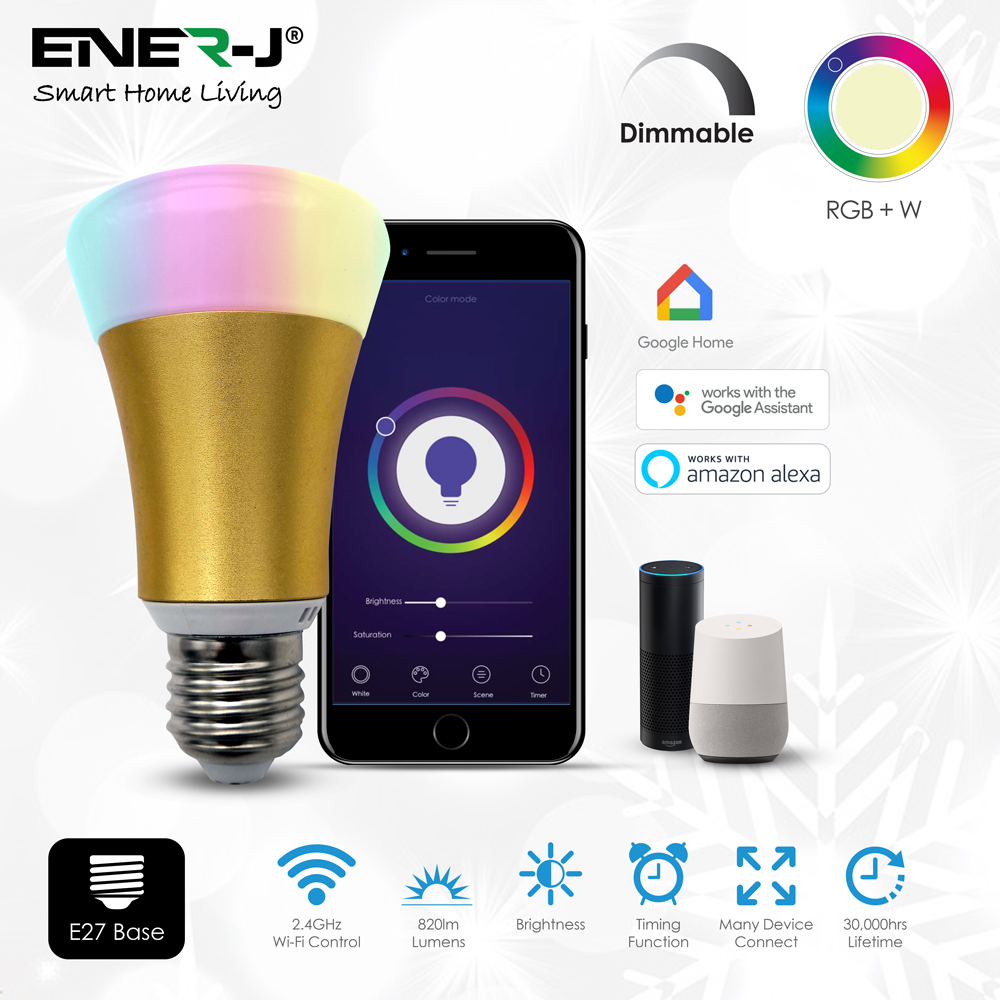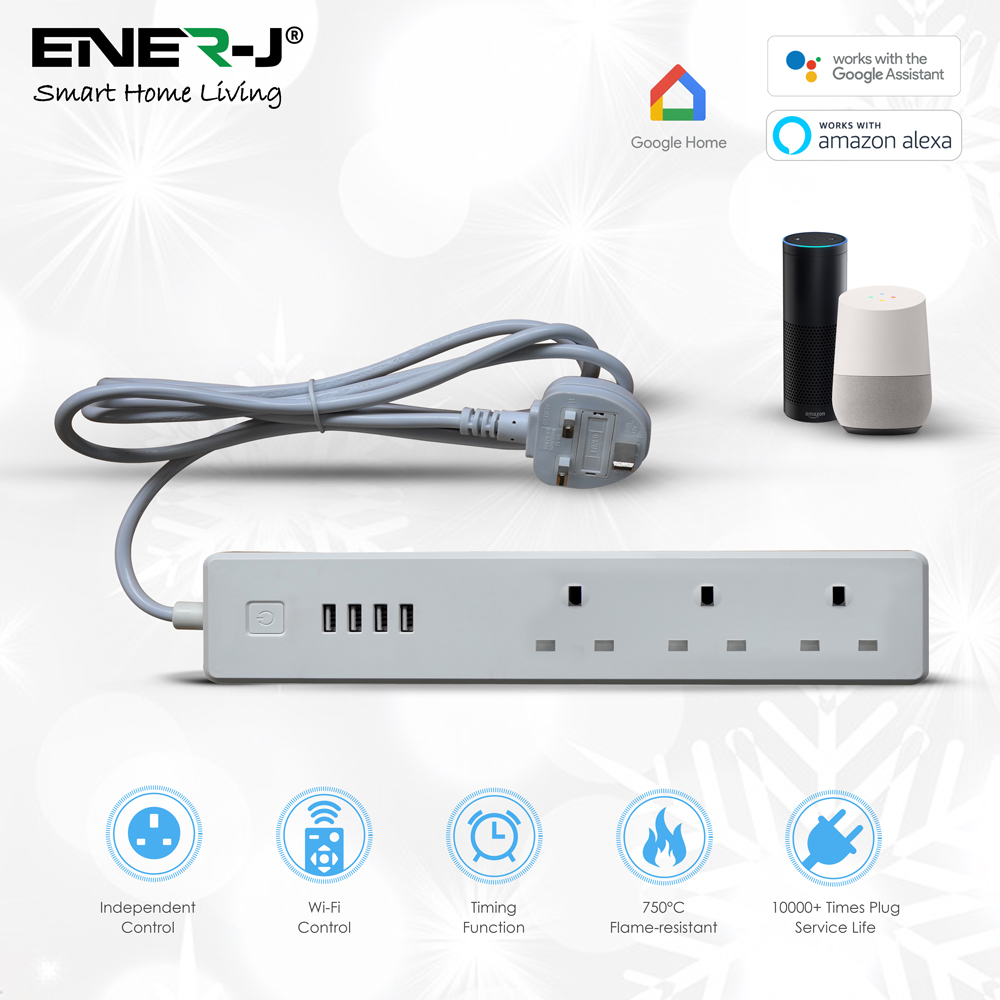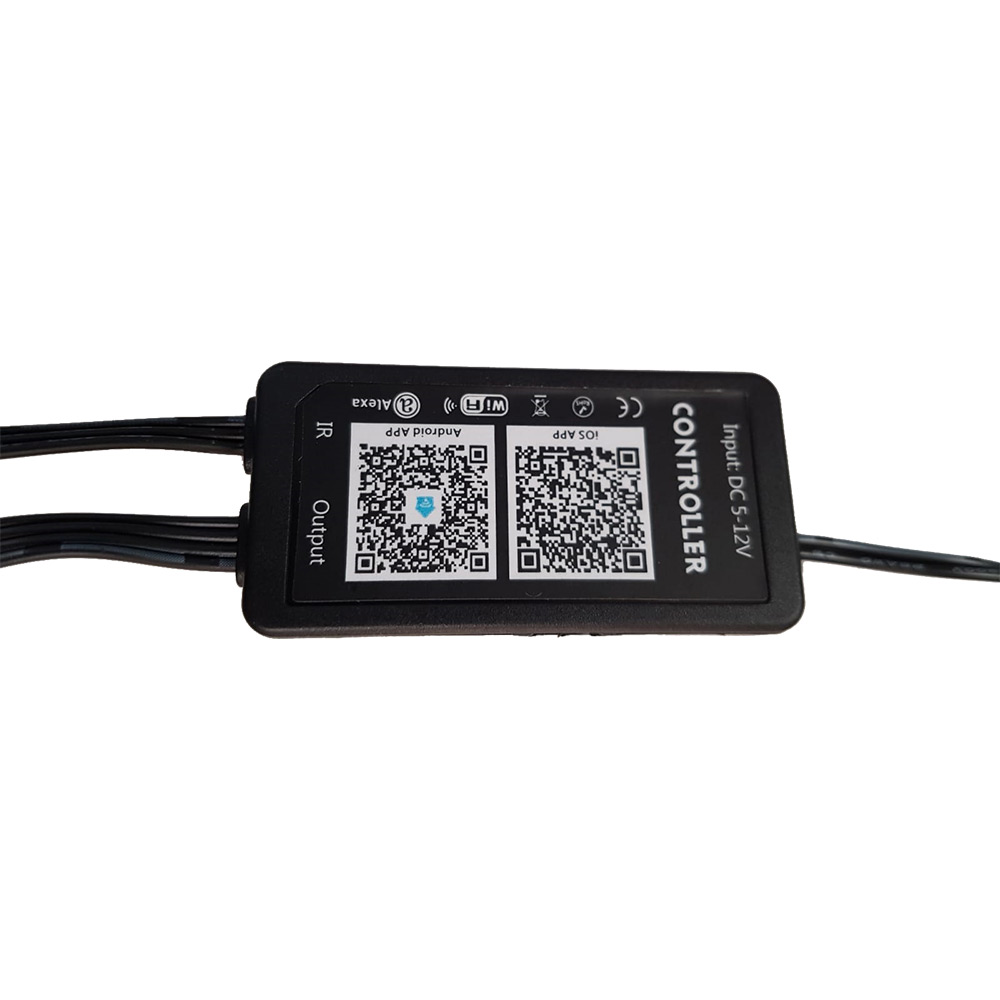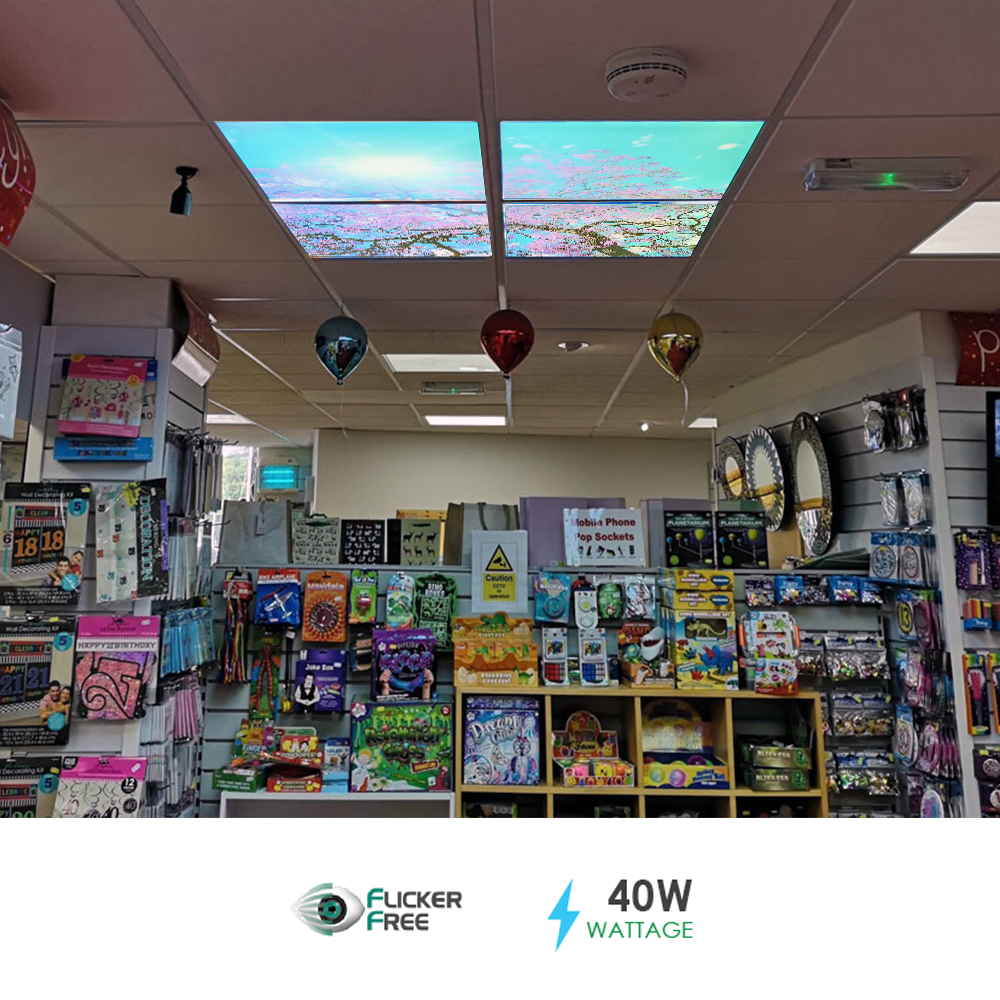Smart homes evolving and changing our everyday lives
11th August 2017We’ve all seen the progression from corded landlines to mobile phones, and from mobile phones to smartphones. Now we’re witnessing smart homes emerge, changing the way we live everyday life.
From WiFi-enabled crockpots to smart door locks, home automation is no longer a thing of the future. Today’s home has an average of 10 smart devices, and by 2020, this number is expected to soar to more than 50. There are gadgets on the market for just about every aspect of daily existence, including smart toothbrushes that capture data during your twice-a-day ritual and smart flowerpots that water themselves so you don’t have to.

Homeowners can now set personalized “rules” through various home security and automation systems. These systems enable smart devices to work together seamlessly and automate home functions, like illuminating entryway lights when the front door opens and emailing video footage from security cameras when children return home from school. Everything in today’s smart home can be programmed to work together, making our lives that much easier.
Security is one of the main reasons homeowners install technology in their homes, but home automation is becoming increasingly important. Motion-activated wireless cameras can capture footage inside and outside of the home, giving homeowners peace of mind. They can check in on their home, kids or pets right from their phone or tablet. Today’s smart security systems don’t require landline telephone service and many include a battery backup to ensure functionality during power outages. Homeowners can program their security systems to send email notifications any time a front door opens, and can watch live, high-definition security footage on-the-go via smartphone apps. Forget to lock the doors on the way out? Smart home owners can even lock their doors and set the alarm with just the touch of a button.

Smart homes also help homeowners save on energy costs, especially during hot Arizona summers when air-conditioning costs skyrocket. Smart thermostats allow you to control your home’s temperature remotely from an app, so you can raise the temperature while you’re gone or pre-cool your home before arriving. Smart LED light bulbs use less energy than regular light bulbs and allow you to turn lights on and off remotely or turn on automatically based on a schedule. You can even program them to sync with motion sensors.
An up-and-coming smart home technology is virtual health monitoring. Companies like Trapollo are bringing world-class health care into homes through telehealth, which offers in-home health solutions for chronic disease management and independent living. Some of the smart health devices offered today are smart scales, blood pressure devices and oxygen tests that can be administered right from home. The data is sent directly to primary care providers through a touch-screen tablet. Patients can also video chat with nurses to discuss their health, saving them a trip to the doctor’s office.
Just as we saw the evolution from typewriters to laptops, the evolution of the smart home is taking place today. Smart devices are simplifying everyday tasks and improving the quality of life one gadget at a time. Imagine being able to see who’s at your door from your phone and letting them in without moving an inch, or starting a pot of coffee before you even leave your bed. You no longer have to imagine, because the home of the future is here.
Jitendra Sakhrani is the business director-Smart Living and Energy Efficiency at Gurujee UK Limited. For more information on home security and automation, visit www.ener-j.co.uk
